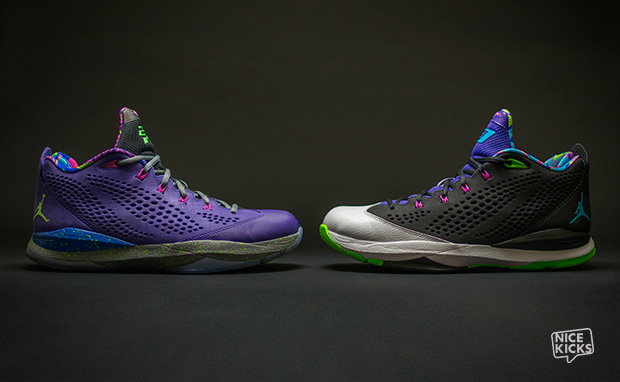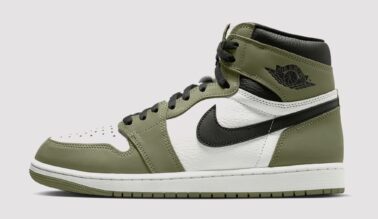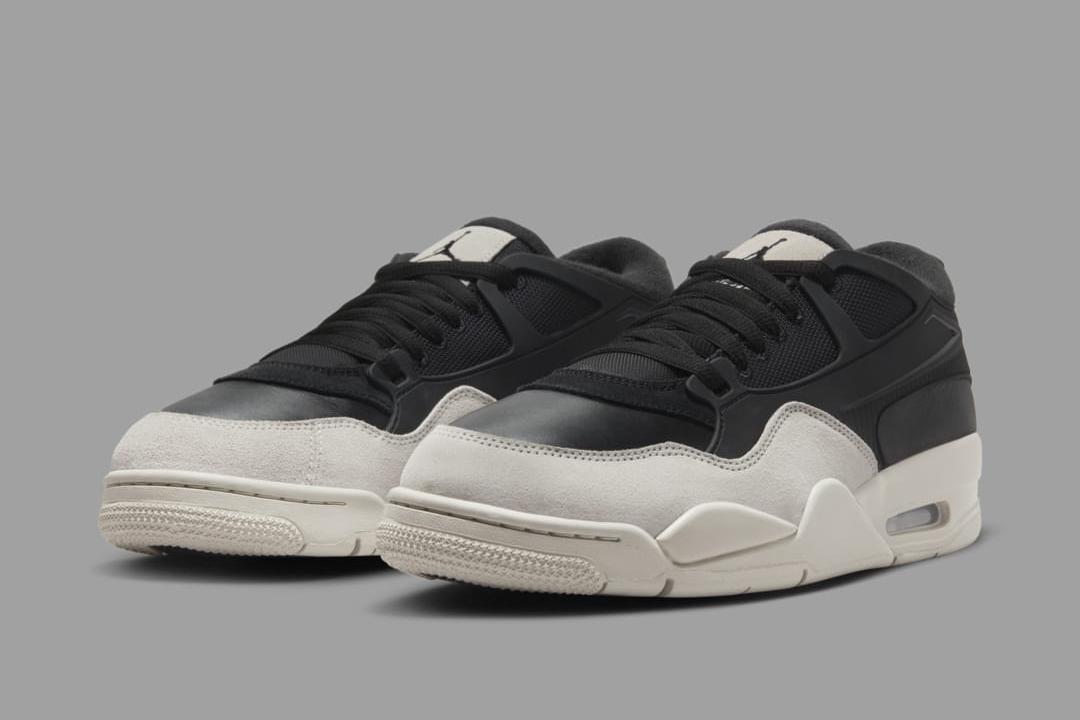This post may contain affiliate links. Please read our disclosure policy.
At the two local gyms where I play basketball, chapters of the Jordan CP3 line are worn more often than any other shoe. Players and fans alike can make many assumptions as to why Chris Paul’s shoes are seen more frequently on the hardwood than other signatures, but there is one word that can forever be tied to the point guard’s line: value.
While signatures of LeBron James and Kobe Bryant surpass the $200-mark, the Jordan CP3.VII remains one of the better values on the market. Priced at $125, Paul’s seventh signature shoe gives you a complete dose of traction, cushioning and support, but is it really that #RIQUICKULOUS? Check out a full, in-depth performance review of the Jordan CP3.VII below.
**Note** Tune in to Kicks On Court Weekly Recap tomorrow for an on-court review of the Jordan CP3.VII by way of our Review Report segment.
Cushioning/Responsiveness: The CP3.VII is uniquely reactive, in that you feel the responsiveness from each individual pod, especially the Zoom bag right below the ball of your foot. There are multiple zones of Podulite, and when your foot strikes the surface, they compress. However, the Podulite cushioning warrants an ample amount of break-in time, which leads to my only complaint about the CP3.VII. Cushioning-wise, it isn’t ready fresh out of the box, but after a number of wears, I absolutely loved the responsiveness.
Traction: While the CP3.VII performs well in the Traction department, this is the one area in which I prefer the Jordan CP3.VI and Jordan CP3.VI AE compared to Chris Paul’s latest model. The augmented herringbone pattern and groove placement on the previous models took them to another level, traction-wise, but don’t be fooled – the CP3.VII scores high in this department as well. It too uses a reliable, multi-directional, herringbone traction pattern, which holds up perfectly on the hardwood. The CP3.VII also features a considerable amount of grip – even more than the previous models although not as pliable – which I found to help in changing directions a bit quicker. There are compartmented pods that help boost the cushioning and responsiveness factors of this shoe as mentioned above, but they are also somewhat beneficial to its traction. In a sense, the pods protrude outward and are the main sections of the bottom of the shoe that touch the surface. Basically, Jordan Brand reinforced these sections with extra rubber, giving you a sense of increased traction, especially on the balls of your foot.
If you take a look back at the history of the shoes created for Chris Paul, each installment has scored high in the Traction department. Paul’s uncanny ability to change speeds and directions quicker than most justifies a shoe rated high in traction. This shoe is an extension of what we usually see from his line and is truly ideal for a player who handles the ball a lot and whose job is to get in the lane and create for himself and others.
Support: As with most shoes nowadays, the CP3.VII features a TPU shank for torsional support. It’s not anything extraordinary like the Flight Plate incorporated in the XX8 and XX8 SE, but it performs more effectively than the CP3.VI and CP3.VI AE. Also, you might find some colorways more supportive than others due to the materials used. Some colorways feature a composition of synthetics, while others are comprised of premium leather. I found the leather constructions to be more supportive, but there’s not an overwhelmingly, recognizable difference.
Durability: In the same manner as the Support factor, the durability seems to vary by colorway. The leather variations tend to be more ideal because the side panels are coated with what feels like rubber, making them more structured and durable. Again, it’s not a blatant difference. The other sections of the shoe, including the toe box, heel and midsole, all remained intact after a number of wears, so there’s no problem in that regard.
Lockdown: For me, Lockdown is the most important factor when it comes a shoe. It’s incredibly valuable to have a shoe that secures your foot and fits perfectly. The CP3.VII does just that. The collar height is the big component here. It essentially rests between a low-top and high-top cut, and provides a locked-in feel around the ankle area without sacrificing range of motion. Some shoes on the market have superior lockdown but provide a sense of restriction when changing directions. The CP3.VII allows you to move freely. Another notable element is the lacing structure, which equips you with extreme grip around the ankle area when laced tightly.
Breathability: The CP3.VII has its fair share of perforations on the side panels and on the medial/lateral sides of the shoe, but it’s not anything superlative. The shoe is well ventilated, and the holes allow just enough air to flow through.
Overview: The Jordan CP3.VII is optimal for players who rely on quickness, adjust speeds throughout a game and switch directions consistently. The sneaker’s traction level and ability to lock your foot down all while allowing complete range of motion makes it the ultimate ‘point guard shoe’ of the moment. The Jordan CP3.VII is available in multiple colorways at retailers across the nation for $125.




